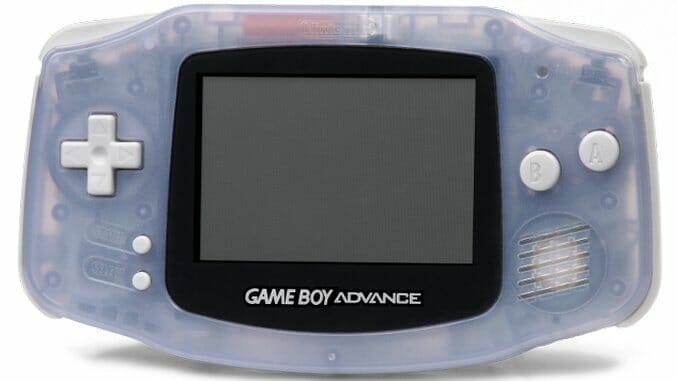
The Game Boy Advance turns 15 this year. Wedged between the Game Boy Color and Nintendo DS, the GBA had a leg in both worlds making it something of a middle child when it came to Nintendo’s handhelds. Backwards compatibility with previous hardware and a 32-bit processor meant it was often saddled with ports from the SNES and PlayStation or games clinging to the 8-bit legacy of its predecessors.
Despite the handheld’s short-lived relevance, its functional design and strong but limited library helped establish it as the first truly modern mobile gaming device. Even without backlighting or a rechargeable battery pack, it offered some of the first portable videogame experiences to have real parity with their console counterparts. While some of its ports like Final Fantasy VI remain the best versions of those games currently released, others were true successors to beloved 16-bit games like Mario Kart and Sonic the Hedgehog.
With the GBA, anyone could have the near equivalent of an SNES in their pocket, while an improved link cable made it possible to play with friends in a more robust yet still intimate context. Below are ten games that exemplify everything that made the GBA special and worth remembering.
1. Racing Gears Advance
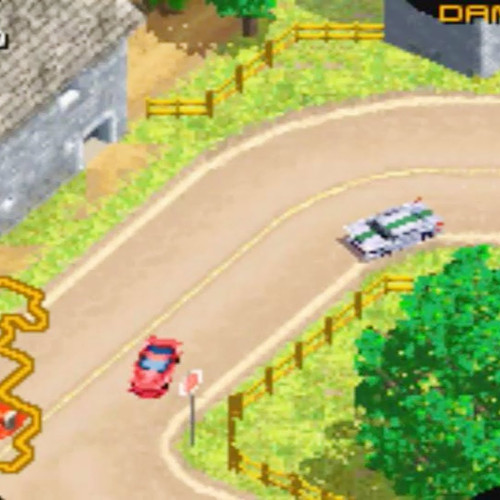
R.C. Pro-Am was a rousing success back when it released for the NES back in 1987. Routinely cropping up in “best of” lists, the Rare developed isometric racer maintained a special place in people’s hearts due to its tight handling and bombastic vehicular combat. As a result, rather than mimic other third-person, 3D racers of its day, Orbital Media decided to take an approach more suitable to a handheld with Racing Gears Advance.
Following in the footsteps of games like Micro Machines and Rock n’ Roll Racing, Racing Gears Advance emphasized vibrant pixel art and vehicular combat over accuracy and timing. Players could choose from a healthy, nonsensical list of licensed cars ranging from a Lotus Esprit to a Cadillac Escalade, with each having a special ability that allowed for different strategies and tactics depending on the track.
2. Final Fantasy Tactics Advance

Few games called out for a sequel as desperately as Square Enix’s Final Fantasy Tactics. Despite being considered by many the defining game in its genre, however, the company demurred. Instead it did the next best thing, releasing a spin-off perfectly suited to mobile gaming that allowed players to exchange characters and items across a link-cable as well as compete head-on.
Rather than try to re-live the narrative glory of its spiritual predecessor, Final Fantasy Tactics Advance focused more on sidequests and tactical puzzle solving. It tweaked the former’s job system to make different classes exclusive to particular races and introduced a judgement mechanic that prohibited players from committing certain actions in particular situations. As a result, battles required creative thinking in addition to a powerful team in order to win.
3. Pokemon Ruby/Sapphire
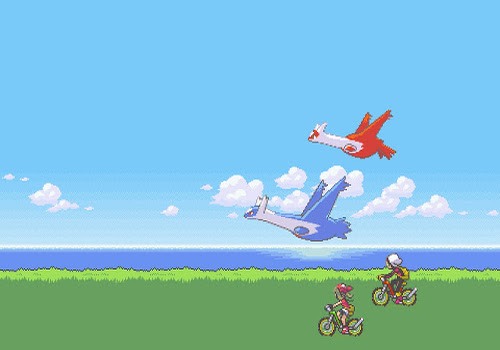
There’s no denying that in the years since Red and Blue were first released, Nintendo handhelds have become synonymous with Pokemon. Perhaps no two have been more significant to the development of the series than Ruby and Sapphire, however. Constituting the third generation of Pokemon games, they marked something of an inflexion point for the beloved Nintendo franchise (it’s still possible to trade Pokemon from the series’ GBA versions up through to the current iterations.).
The first to introduce a modern, lush color scheme, as well as more detailed visual assets like tall grass varying building types, Ruby and Sapphire were the first in the series to make the world of Pokemon look vibrant and animated. That aesthetic plus a more complex system of customizable stats and innate aptitudes are what make them two of the most defining entries in the history of the series.
4. Boktai: The Sun Is in Your Hand

Of the many things you associate with the director of Metal Gear, Hideo Kojima, cowboys using sunlight guns to fight vampires probably isn’t one of them. In the early 2000s, however, Kojima helped make exactly that. A stealth RPG starring Django, a solar gun wielding vampire hunter, Boktai was unique in that the cartridge itself had light sensors embedded in it. As a result, the game would measure the real world amount of sunlight shining down on the player and adjust the ammunition on their solar gun accordingly.
Boktai also had an internal clock that would affect events in the game even when it wasn’t turned on. Enemies might regenerate while the player was away, and swapping color palettes to reflect a day and night cycle when they returned. Each of these idiosyncrasies added up to make an already unusual game truly one of a kind.
5. Mega Man Zero

Long before there was Dark Souls there was Mega Man Zero. Though not as well known, the Mega Man spin-off that would go on to spawn several more sequels remains infamous for its difficulty. Unseen pitfalls and platforms hidden offscreen resulted less in trial and error than dynamic platforming that required the player to think on her feet.
Where Mega Man had focused on the interplay of different types of blaster projectiles, and Mega Man X quickened the pace by adding dash jumps to the mix, Mega Man Zero built on both the prior series by making side-scrolling exploration and close-quarters combat. Like many of the best GBA games, Mega Man Zero didn’t simply try to port an experience over from the SNES, it created an entirely new one.
6. Metroid Fusion
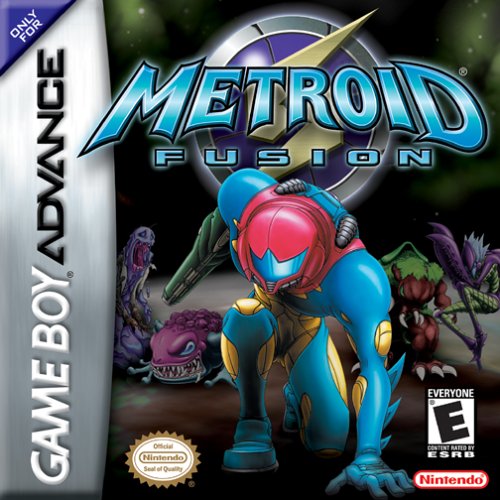
Though elements of survival horror can be traced back to the first game in the series, none of the previous Metroid games made them as central as Fusion. As a result of being infected with parasite, clones of Samus stalk the game’s protagonist throughout. The most cinematic game in the series, Fusion forwent open-ended exploration in favor of a more directed story.
The exchange paid off, helping to dissolve the distance between Samus and the player and make for a more intimate, tense, and chilling experience. While the large 3D environments of the Gamecube and Wii Metroid games encouraged investigation and puzzle solving, the GBA’s small screen and limited capability made feel Fusion more claustrophobic and focused.
7. The Legend of Zelda: The Minish Cap
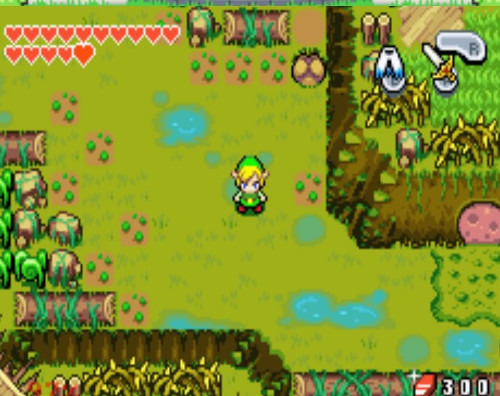
Nestled in-between A Link to the Past and A Link Between Worlds, The Minish Cap is one of the last Zeldas cut from the mold of the original game. With a top-down view and no touch-pad, it excelled by taking the simple conceit of allowing Link to change sizes and running with it.
While the overworld map was simple and dungeons were short compared to other ambitious handheld Zeldas like Link’s Awakening and Oracle of Seasons/Oracle of Ages, it showcased some of the most saturated colors and full-sounding melodies of anything on the GBA. The Minish Cap wasn’t anywhere near as large as Wind Waker, but having something nearly as vivid looking that could fit in your pocket was its own thrill.
8. Castlevania: Aria Sorrow

Of the three Castlevania games released on the GBA, Aria of Sorrow was the last and unquestionably the best. Set in the future, Dracula’s castle is home to malevolent robots in addition to the usual gallery of occult monstrosities. Soma, a transfer student studying in Japan, and the game’s protagonist, can also acquire the souls of deceased enemies in order to gain their powers and use them on his quest.
Coming the closest to Symphony of the Night in terms of its precise platforming and pixelated prowess, Aria of Sorrow showed that a portable Castlevania game could both rival and in some ways exceed the vision of its console brethren. And no other game since has presented a futuristic gothic winter with such style and grace.
9. Advance Wars

The seventh game in the War series overall, Advance Wars was still the first to make it across the Pacific to the states. Between its bright, cartoony look and the approachable but strategically deep turn-based combat system, it’s not hard to see why it in particular became synonymous with the GBA.
Perhaps the best strategy game on a handheld ever, outside of a Chess port, Advance Wars introduced a generation of people to the joys and sorrows of tabulating enemy stats and positions in the hopes of finding the best, next move. And like so many of the best games from that era, Advance Wars extended its reach by allowing players to fight against one another using link cables after the AI had long since been dispatched.
10. WarioWare: Twisted!
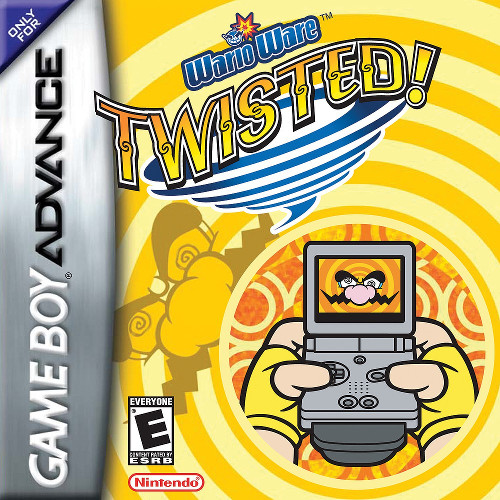
It was on the original Game Boy that Wario got his start, introduced first in Super Mario Land 2 and going on to take over that spin-off series entirely with its follow-up, the first Wario Land. However, it was on the GBA that the evil Mario clone truly came into his own with the WarioWare series, especially Twisted!.
Ahead of its time in more ways than one, the cartridge came with a gyro sensor so players could literally turn and twist the GBA in order to navigate mazes or empty containers. A glimpse of mobile gaming’s future before anyone knew what an iPhone was, the microgames littered throughout Twisted! were as absurd as they were diverse. It was the perfect anecdote to a spare moment, elevating twitch reflexes and our collective need to complete even the most mundane of tasks to the artful non sequiturs of a Beckett play.
Ethan Gach is a freelance writer preparing for the end times. His work has appeared at Kill Screen, Forbes, and elsewhere. You can follow him @ethangach